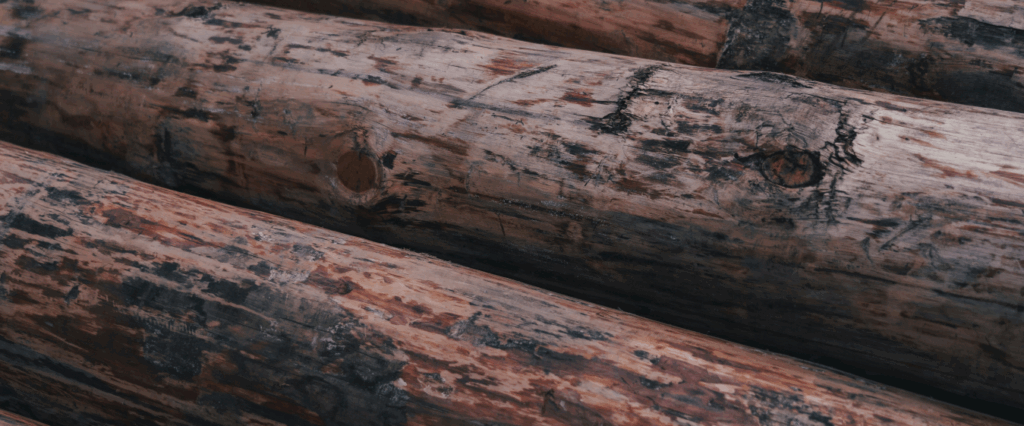2020 marked a seismic shift in the way corporate workers communicated, interacted, and collaborated. For the first time, many corporations had to rely primarily on collaboration platforms such as Microsoft Teams, Zoom, Slack, and Workplace from Facebook. We observed that during the scramble to move operations remote, companies (understandably) did not prioritize preservation and collection for litigation.
They were likewise not prepared to handle mobile device collections without violating social distancing orders or disrupting employees’ lives through cumbersome ship-and-wait collection processes. Moreover, clients that did invest in remote collection solutions for endpoints (laptops/desktops), quickly learned the limitations and inefficiencies when devices on home networks were not reachable or the connection proved unreliable.
Moving forward, responsible companies must refocus and renew investment in a combination of defensible processes, strategic partnerships with discovery experts, and technologies focused on eliminating the risks associated with the unique challenges of these new data sources. While many things changed in 2020, some constants remain: collaboration platform data that will be required in future litigation and a company’s collection and preservation processes will be highly scrutinized in the coming years.
To prepare for this inevitable scrutiny, discovery practitioners and attorneys must answer the following five questions to account for the unprecedented use of collaboration technology:
-
Retention Policies and Practices – Does your company’s retention policies account for the influx of mission-critical data being created by collaboration platforms such as Zoom, Microsoft Teams, Slack, WhatsApp, and Google Meet?
-
Talent, Training and Testimony – Is your team trained on defensible preservation and collection from this system? Will the teams collecting and preserving this evidence be able to testify that the processes and procedures used satisfy industry best practices?
-
Preservation Options – Can the data be preserved in-place to prevent data deletion?
-
Collection Options – Can collections be targeted using metadata? What does a collection include and exclude (and why)?
-
Reviewability – Is the collected data user-friendly or does the data require conversion or manipulation to make it human reviewable?
Conclusion
Technology is constantly evolving, which means legal obligations and responsibilities to learn, prepare, and adjust are never finished. Legal teams have a responsibility to:
-
Understand the various sources and types of data that are potentially subject to litigation or investigation.
-
Understand the changing and shifting nuances of emerging data sources like communication platforms and engage expert partners to validate processes and capabilities.
-
Mitigate risk, drive efficiency, and avoid costly time and sanctions by defensibly managing company data sources to effectively retain, collect, and review information in your next investigation or litigation.
View more information about our Preservation Services visit our website.
You may also like:
Law firm document retention policy














